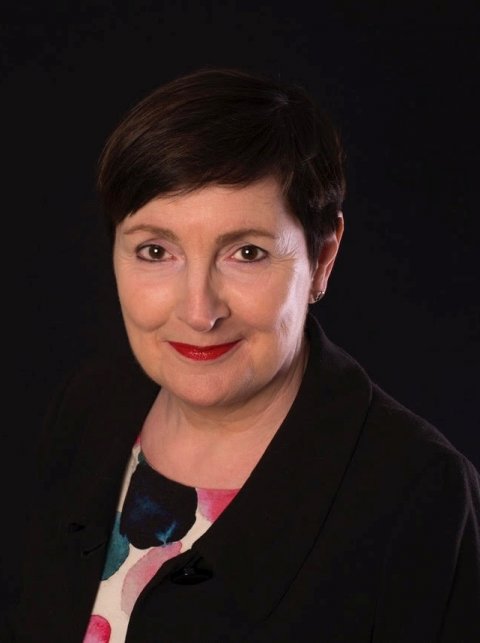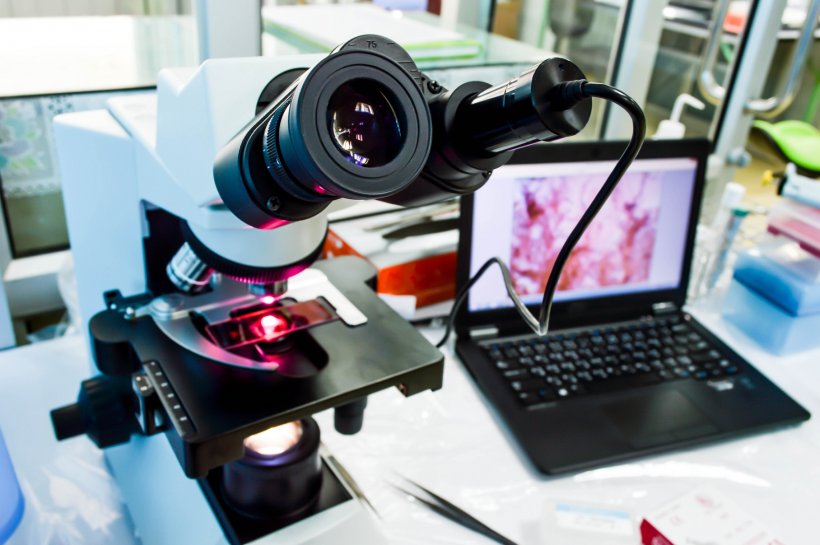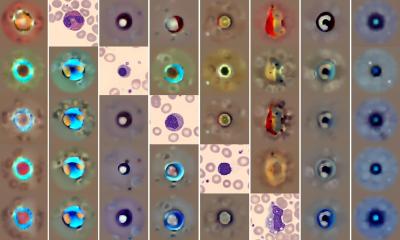Article • Workforce challenges
Pathologists will hold a pivotal role
Amid ever-growing demand for services, significant challenges face the pathology workforce in the years ahead but – there are also good opportunities. With advances in technology and the advent of artificial intelligence as a decision-making support tool, Professor Jo Martin, President Royal College of Pathologists (RCPath) in the UK, believes there remain opportunities for pathology to play a pivotal role in a new era of healthcare delivery.
Report: Mark Nicholls

After the latest National Health Service (NHS) long-term plan unveiled late last year, Martin pointed out that pathology can help address some of its issues and goals. Her views were outlined in her presentation ‘The workforce pressures facing pathology and what are the potential solutions’ during the Frontiers in Laboratory Medicine (FiLM) conference in Birmingham, England, at the end of January, where workforce pressures and plans to address the challenges were a key aspect.
Speaking with us, the professor detailed the current workforce position within the UK, referencing new RCPath data gathered from clinical biochemistry and histopathology colleagues, and also suggesting how the sector can support the National Health Service future more broadly. ‘Some of the NHS long-term plan objectives are only possible with the support of the pathology community and with investment and support for our workforce.’
Recruitment and retention are absolutely key, along with a commitment for continuing professional development, and improved interoperability with more robust IT to make the pathologists’ work easier
Jo Martin
Headline elements in the NHS 10-year plan include genetic tests for all children with cancer; putting the health service on a digital first footing; giving patients personal budgets to fund their own choice of treatment; cutting back on bureaucracy; increasing spending on mental health; a greater focus on prevention, genetics and more out-of-hospital care.
One area where pathology has a role is also around the commitment in the plan to out-patient re-design and reducing the number of unnecessary appointments by up to a third (in 2017-18, there were 119.4 million out-patient appointments, of which 93.5 million were attended), perhaps moving to a condition where a significant amount of patient follow-ups can be run from and by colleagues in pathology. ‘With good algorithms and systems designed by our clinical scientists and medics, we have models that would be very helpful, and take the pressure off our primary care and acute colleagues,’ Martin added.
Other areas of the plan where pathology is essential are in rapid diagnostic centres, early diagnosis of cancer, and around mental health and prevention. ‘It’s about ensuring we have enough people in training, that people want to stay in work and enjoy what they are doing,’ she said. ‘Recruitment and retention are absolutely key, along with a commitment for continuing professional development, and improved interoperability with more robust IT to make the pathologists’ work easier.’

Source: Shutterstock/Pakpoom Nunjui
RCPath has conducted workforce surveys among clinical biochemistry and histopathology disciplines, with the haematology survey in progress. Data from the clinical biochemistry survey is currently being analysed with results imminent, but findings from the histopathology report have been described by Martin as ‘gruesome’. ‘The survey showed that 97% of laboratories do not have enough histopathologists, and it’s going to get worse. 2021, we are expecting somewhere around 25-28% gap in the histopathology workforce. RCPath is making the case for more pathologists, with support from a range of charities and other organisations, in its efforts to get investment in the laboratory and diagnostic workforce. This data means we can show exactly what the issue is.’
Pressure has grown in recent years because of increased workload, not enough trainees, with a lower profile in medical schools and limited opportunities to meet pathologists. Additionally, an ageing workforce exists with a quarter of histopathologists aged 55 years or over, as well as the risks of stressed practitioners opting for early retirement. ‘We need to de-stress the system to take the heat off current people so that they are prepared to stay,’ Martin emphasized. Digital pathology and AI support will help, she believes. With high levels of pathology expertise in the NHS, she remains optimistic about the future for pathology with the various disciplines poised to play a pivotal within future diagnosis and care delivery.
Profile:
Professor Jo Martin is President of the Royal College of Pathologists and a practicing histopathologist, specialising in renal pathology and gastro-intestinal neuro-muscular disease at the Royal London Hospital. She also directs Academic Health Sciences, Barts Health NHS Trust, and is Professor of Pathology at Queen Mary University of London. Her research interests lie in gastro-intestinal and neuro-muscular disease of the gut as well as drug development.
18.09.2019










